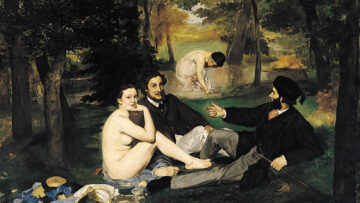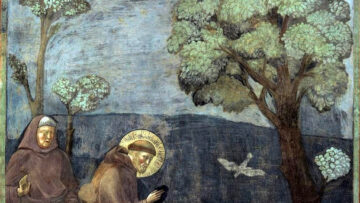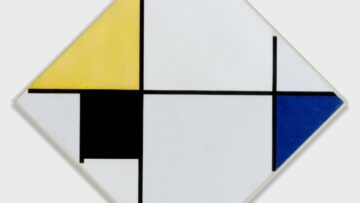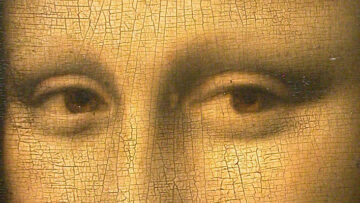Tiziano or Caravaggio?
Written by Saori Takeda, publisher of ART Driven Tokyo
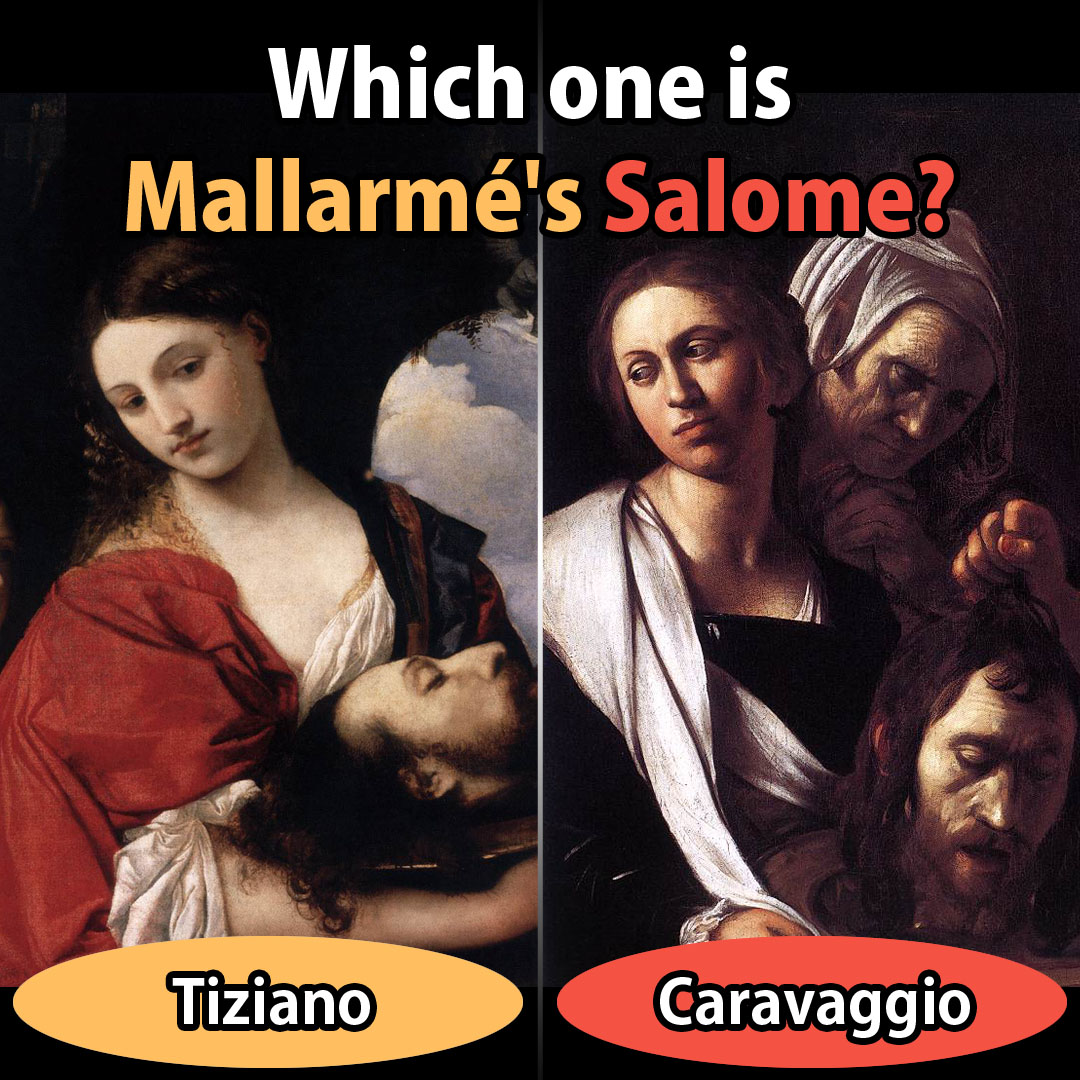
“Hérodiade Scène” (first appearance in 1869) by Stéphane Mallarmé (1842-1898), a leading poet of French Symbolism, is unique among works on the subject of Salome. It is a complicated poem, but its visual description of Salome is concrete.
Successive masters of painting have painted Salome. Researchers have wondered, “Which painting did Mallarmé use as a reference?” As it turns out, nothing is known for sure. However, ART Driven Tokyo dares to think about it. It is precisely because we do not know that we can enjoy the pleasure of imagination!
Who is Salome?
Salome is a woman in the New Testament known to have danced before Herod, king of the Jews, and asked for the head of the prophet John the Baptist as a reward. The beauty and cruelty of Salome’s performance strongly stimulated the imagination of artists, and at the end of the 19th century, the European art world was in a “Salome Boom.”
Mallarmé did not like the name “Salome” and wrote the poem under the name “Hérodiade”. It is a poetic work like a play, structured around a dialogue between a young and proud princess (=Salomé/Hérodiade) and an old nanny who advises her. The interplay of words concerning the longing for beauty and death is said to be a poetic experiment that challenged the limits of language and is a masterpiece that should not be forgotten.
What did Mallarmé researcher Moriaki Watanabe think?
Which paintings inspired Mallarmé?
Often named are the Salomé paintings of Gustave Moreau and Beardsley. However, the late Moriaki Watanabe, a Japanese Mallarmé scholar, rejects this theory. The reason is chronology. Since Mallarmé’s “Hérodiade” was written earlier than these paintings, it is impossible to reference.
So, what are the other candidates?
Caravaggio’s vibe is spot on
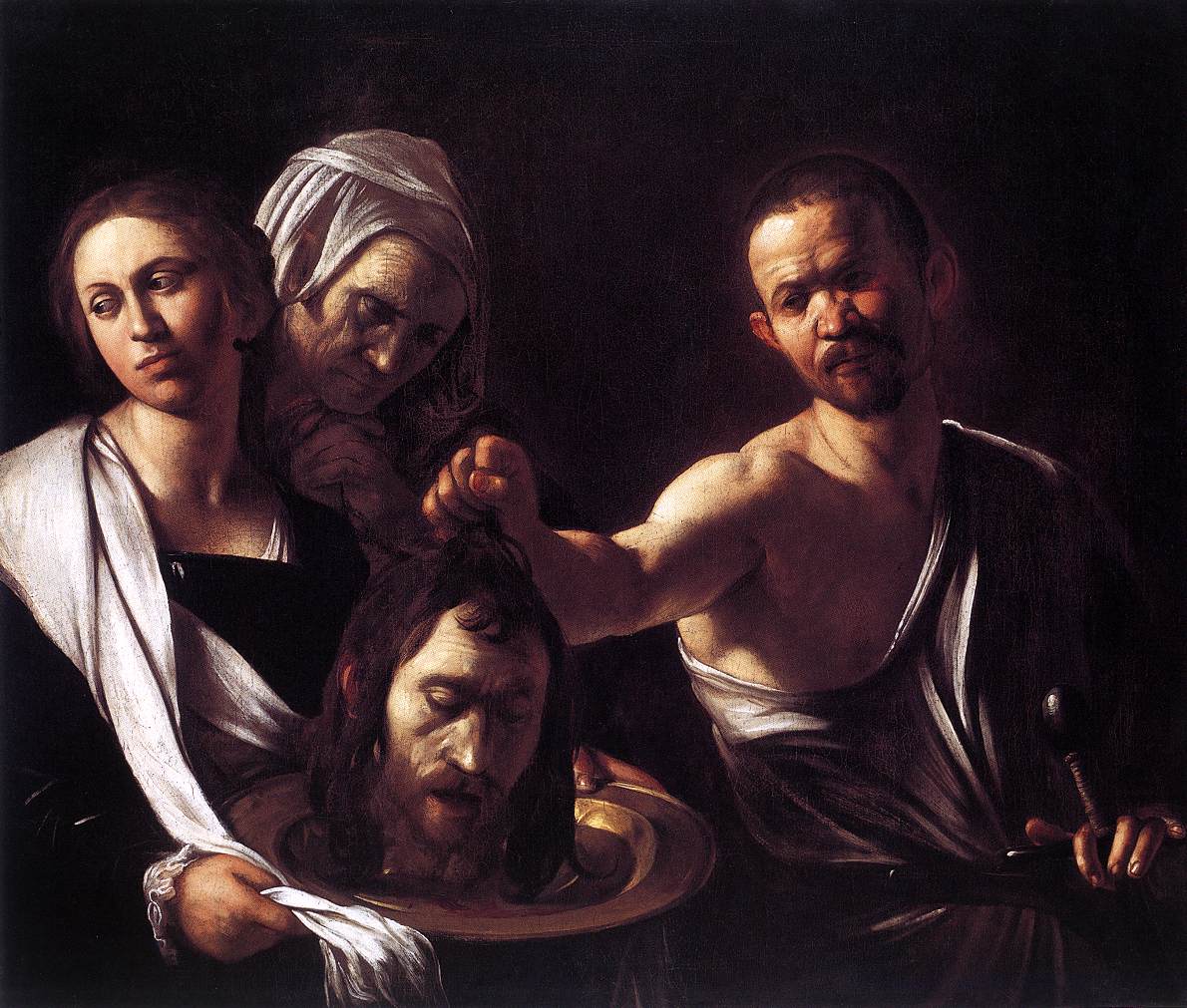
Watanabe will focus on Caravaggio‘s Salome. His painting, with its striking contrasts of light and dark, is a perfect match for Mallarmé’s icy, metallic Salome image.
Le blond torrent de mes cheveux immaculés,
Quand il baigne mon corps solitaire le glace
D’horreur, et mes cheveux que la lumière enlace
Sont immortels. (pp.56)
Mais de l’or, à jamais vierge des aromates,
Dans leurs éclairs cruels et dans leurs pâleurs mates,
Observent la froideur stérile du métal,
Vous ayant reflétés, joyaux du mur natal,
Armes, vases, depuis ma solitaire enfance.(pp.58)
—Poésies, Nouvelle Revue française
The nanny is also a wrinkled old woman, which fits the visual of the nanny in the poem. However, the National Gallery, London, has not had this painting in its collection and on view since 1870. “After all, it is unlikely that he saw it in person, ” Watanabe said cautiously.
There is evidence for Titian’s theory
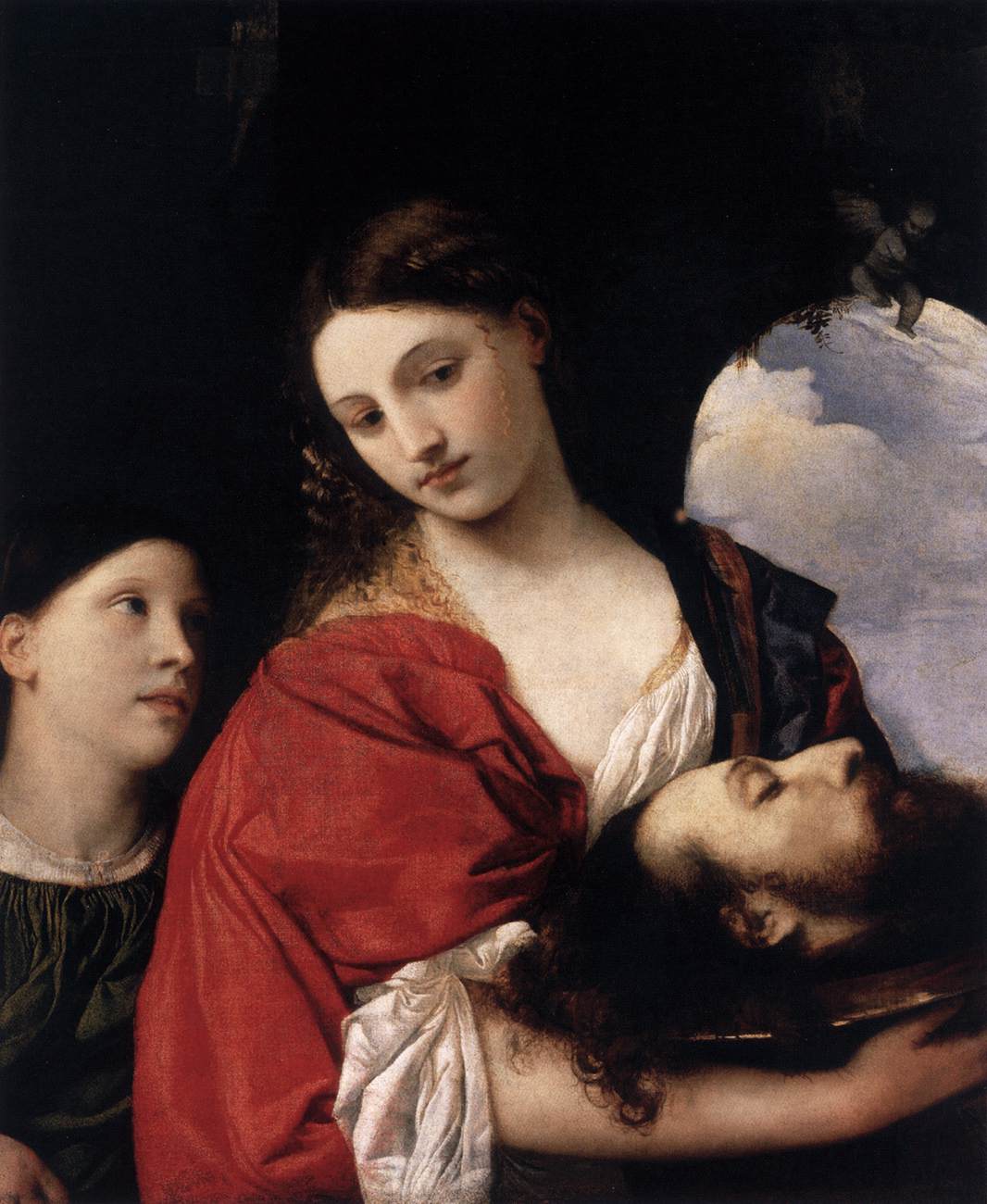
The only “proof” that Mallarmé had seen is the Salome by Titian(Tiziano), a master of the High Renaissance. A friend wrote that he had learned that Mallarmé was contemplating a poem by Salome and sent him a copy of Titian’s Salome.
However, this Salome of Titian seems pure and the nanny is like a little girl. There is a considerable discrepancy with the figure in Mallarmé’s poem. Watanabe is also cautious about this possibility.
From the beginning of the poem, the nanny cares for Herodiade(Salome), but Herodiade consistently rebuffs her affection. She seems noble and arrogant. The nanny continues her futile attempts to persuade Elodiade, who longs for death and is about to be destroyed.
Toutefois expliquez : oh ! non, naïve enfant,
Décroîtra, quelque jour, ce dédain triomphant..(pp.62)
ART Driven Tokyo’s View
Regarding Professor Watanabe’s argument, ART Driven Tokyo takes the following view.
First of all, as for Caravaggio’s theory, photographic technology was already available in the 19th century, and it is quite possible for Mallarmé to have known Caravaggio’s work through reproductions without having to go to London. A first-rate artist will always be open to creations outside of his or her field.
The same is true of Titian. There is a certain coldness, distance, and formal beauty in his portraits, and it is possible that Mallarmé was inspired by this atmosphere.
There was a blonde Salome by Titian!
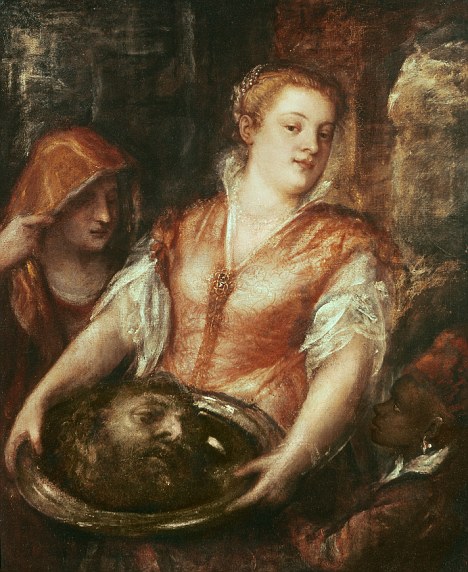
Mallarmé expresses, repeatedly and clearly, that Herodiade is blonde.
Are there any paintings of a blonde Salome?
ART Driven Tokyo searched for it. There was one! It was Titian. This Salome belonged to King Charles I of England, who was guillotined during the Puritan Revolution. It was in the royal collection of England, but later became a private collection in Scotland, and was sold at Christie’s in 1994 for only 8,000 pounds. It was not until this century that the value of this painting became apparent.
With blond hair and an arrogant expression, doesn’t it seem almost like an impression from a poem? This painting is from Titian’s later period, and it departs from the stiffness of his early period, expressing a more human and inner nature. We think Mallarmé might have seen this in photographs or other media.
The poets do not write exactly what they see. It is possible that Mallarmé extracted various elements from the numerous masterpieces of Salome from the Baroque and Renaissance periods, and finally integrated them into a coherent expression.
Of course, there is no proof of this, but what fun it is to trace an artist’s inspiration!
Which Salomé do you think is the model for the Herodiade?

